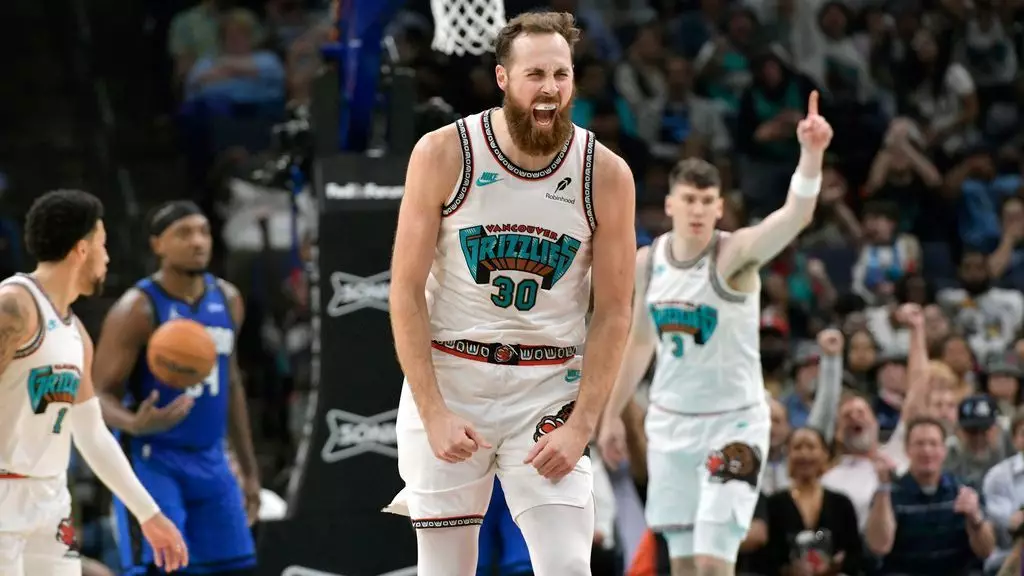The Memphis Grizzlies’ recent trade of center Jay Huff to the Indiana Pacers marks more than just a roster adjustment; it signals a broader strategic shift. Huff, a promising young big man with an elite shooting profile for his size, offers the potential to stretch defenses and protect the rim—a blend of skills that many teams prize in today’s high-paced, three-point-centric league. Trading him away for future draft considerations underscores Memphis’s willingness to gamble on developing their core, especially amid significant injuries and roster instability.
Huff’s value extends beyond his shooting stats. Last season, he became one of only three 7-footers to shoot over 40% from three on at least 200 attempts, joining Karl-Anthony Towns and Kristaps Porzingis—elite company that suggests his ceiling. His defensive metrics, especially his rim protection, were impressive as well, averaging 2.7 blocks per 36 minutes and ranking among the top in contest efficiency. These attributes suggest Huff is more than a stopgap; he’s a versatile piece that could contribute decisively if showcased properly. Yet, Memphis appears to be prioritizing flexibility and future assets over immediate depth, possibly betting on internal development or alternative signings.
Building for the Future: Landale and the Rebuilding Process
In tandem with Huff’s departure, Memphis’s acquisition of Jock Landale signals a clear intent to bolster their frontcourt on a budget. Landale’s on-ball screening prowess and recent surge in shooting efficiency align well with the team’s evolving style of play under coach Tuomas Iisalo. His ability to set screens and stretch the floor provides a complementary skill set to Memphis’s emerging stars, particularly Jaren Jackson Jr., whose struggles with injuries threaten to derail his promising development.
Moreover, Landale’s signing comes at a crucial juncture, as key Memphis big men like Edey and Jackson face injury setbacks. The frontcourt’s depth is thin, making Landale’s role potentially more prominent early in the season. For a team in flux, adding a veteran with a certified skill set is a gamble that might pay dividends by plugging immediate gaps while allowing younger players to develop at a manageable pace.
Implications for the Grizzlies’ Identity and Future Trajectory
This roster reshuffle reflects a deeper philosophical shift. Memphis, once lauded for their gritty, defensive-minded approach under Taylor Jenkins, is now emphasizing a more fluid, positionless style under Iisalo’s offensive innovations. The inclusion of shooting specialists and the pursuit of defensive versatility suggest a transition toward a more modern, spacing-oriented team.
However, the reliance on young players and role players like Landale indicates that Memphis is prioritizing sustainability over quick fixes. Their willingness to trade Huff—whose potential ceiling is significant—reveals a confidence in internal development or future draft assets. It also underscores a recognition that in today’s NBA, having a flexible, multi-skilled frontcourt is more valuable than traditional size alone.
This move, combined with the ongoing recovery of key stars, positions Memphis as a team in the midst of a calculated rebuild, balancing star development and roster fluidity. While the immediate outlook might seem uncertain, the strategic realignment hints at a future where adaptable, skilled big men become central to Memphis’s identity—signaling a franchise eager to evolve and stay competitive in a rapidly changing league.

